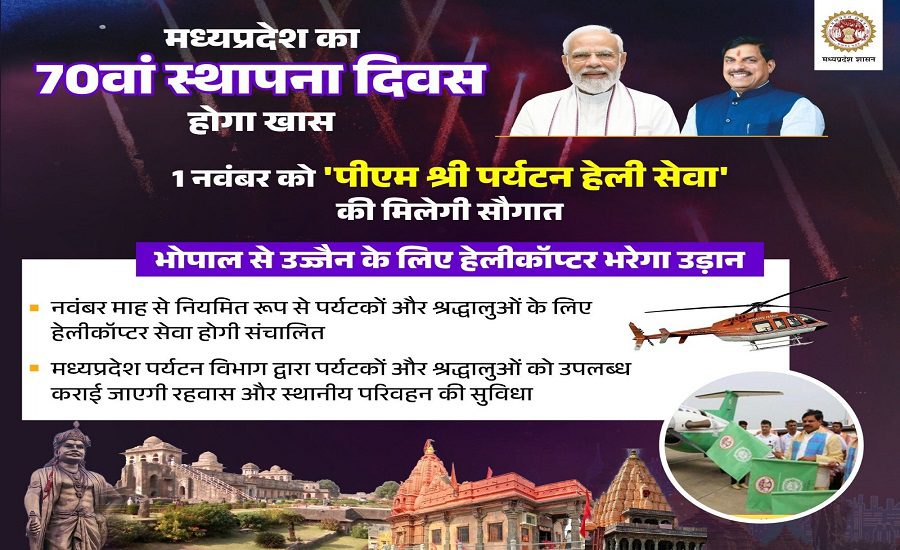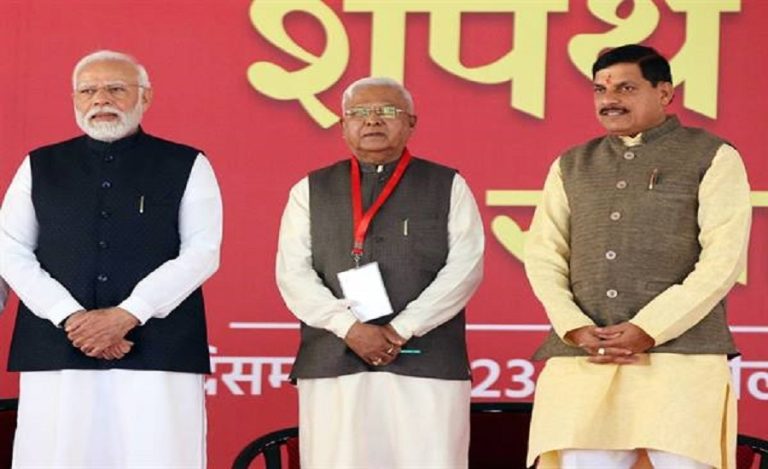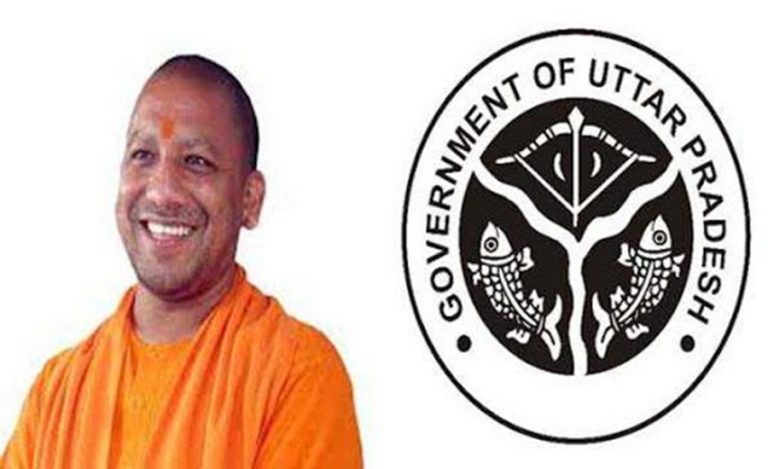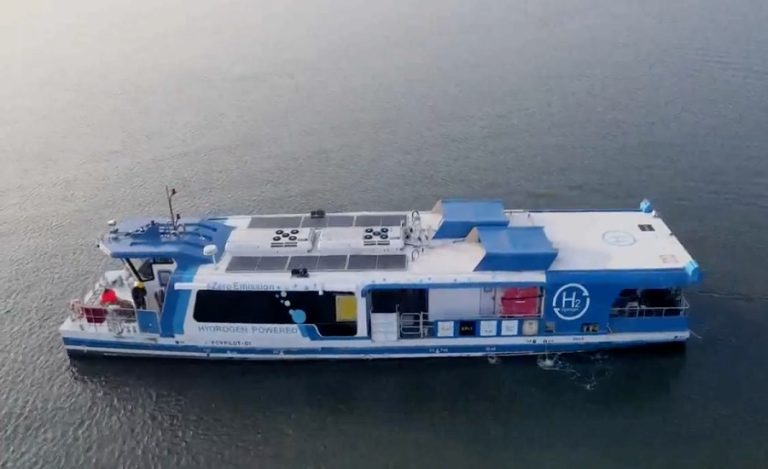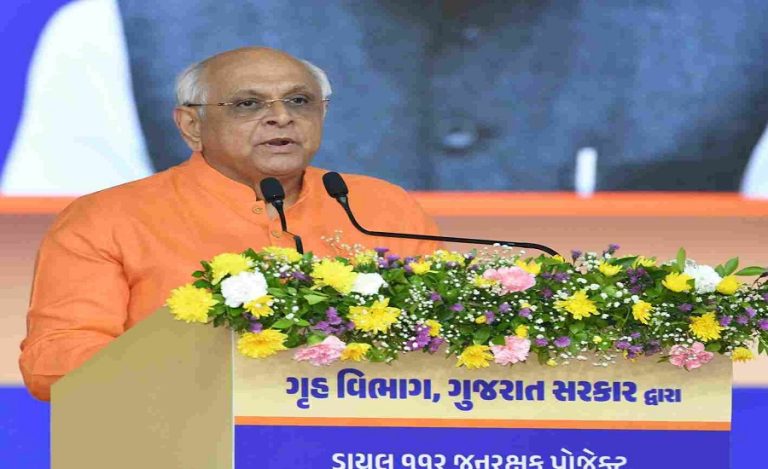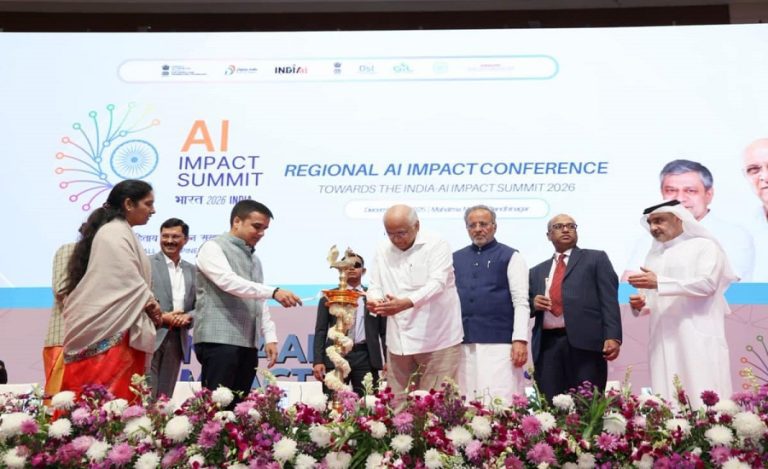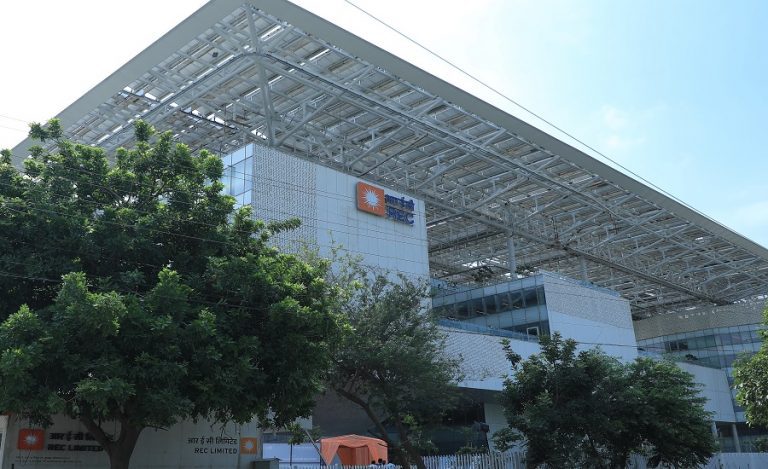Bhopal: Madhya Pradesh is set to give a major boost to its tourism sector on its 70th foundation day. Chief Minister Dr. Mohan Yadav will inaugurate the PM Shri Air Tourism Helicopter Service at Raja Bhoj Airport, Bhopal on November 1st, marking the state as the first in India to establish intra-state helicopter connectivity.
Boost for Tourism and Connectivity
The initiative will strengthen air connectivity between major religious, wildlife, and natural tourist destinations in Madhya Pradesh. The helicopter service, launched under a Public-Private Partnership (PPP) model, aims to make travel more convenient, reduce journey times, and enhance the overall tourism experience for domestic and international visitors.
Minister of State for Tourism, Culture, Religious Trusts, and Endowments (Independent Charge), Dharmendra Bhav Singh Lodhi, said the service would give a new dimension to adventure, heritage, and spiritual tourism in the state. The Madhya Pradesh Tourism Board will operate the service with private partners, ensuring high-quality facilities and safety standards.
Operations and Routes
The service will begin regular operations from November 20, 2025, running five days a week in three sectors:
- Sector 1: Indore – Ujjain – Omkareshwar (operated by M/s Trans Bharat Aviation)
- Sector 2: Bhopal – Madhai – Pachmarhi (operated by M/s Jet Serve Aviation Pvt. Ltd.)
- Sector 3: Jabalpur – Bandhavgarh – Kanha (operated by M/s Jet Serve Aviation Pvt. Ltd.)
Each helicopter will have a minimum of six passenger seats, ensuring comfort and accessibility for tourists. The inaugural flight from Bhopal will see three helicopters depart for Ujjain following the flag-off by CM Dr. Yadav.
Significance for Madhya Pradesh Tourism
Additional Chief Secretary and Managing Director of the Madhya Pradesh Tourism Board, Shiv Shekhar Shukla, stated that this project positions Madhya Pradesh as the first state in India to offer intra-state air tourism connectivity, creating a new identity for the state’s tourism sector. The initiative is expected to attract more visitors, encourage regional tourism, and improve accessibility to remote destinations.

